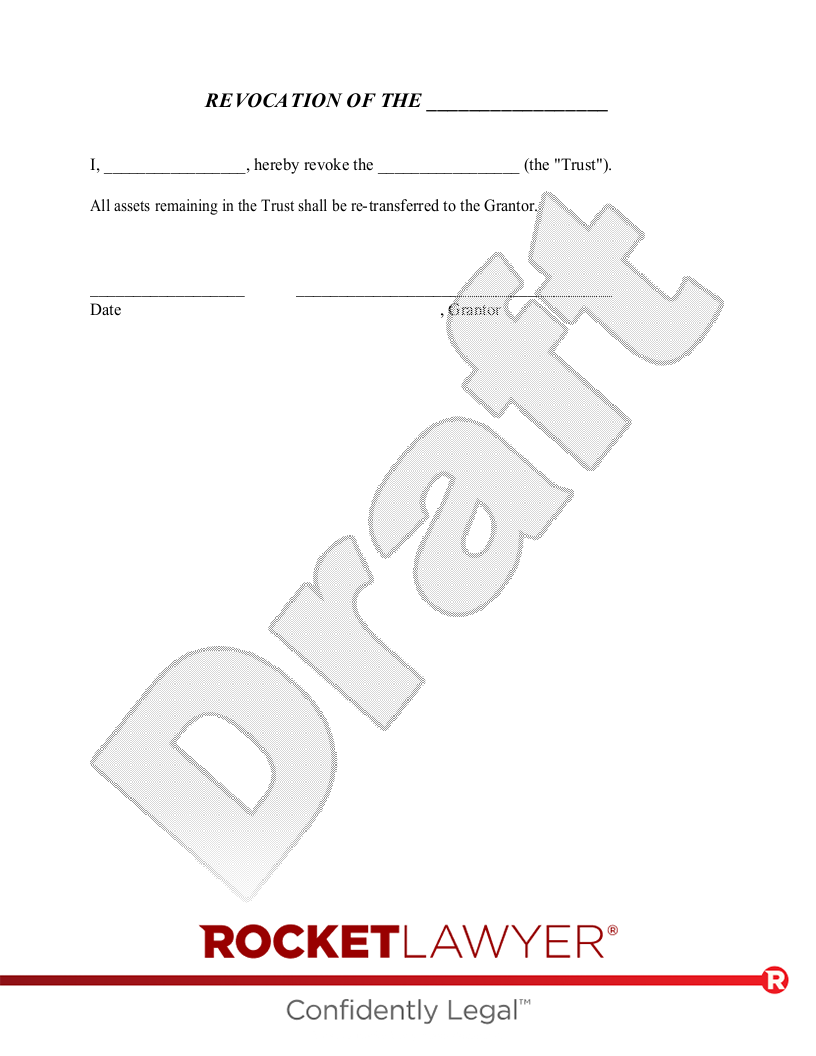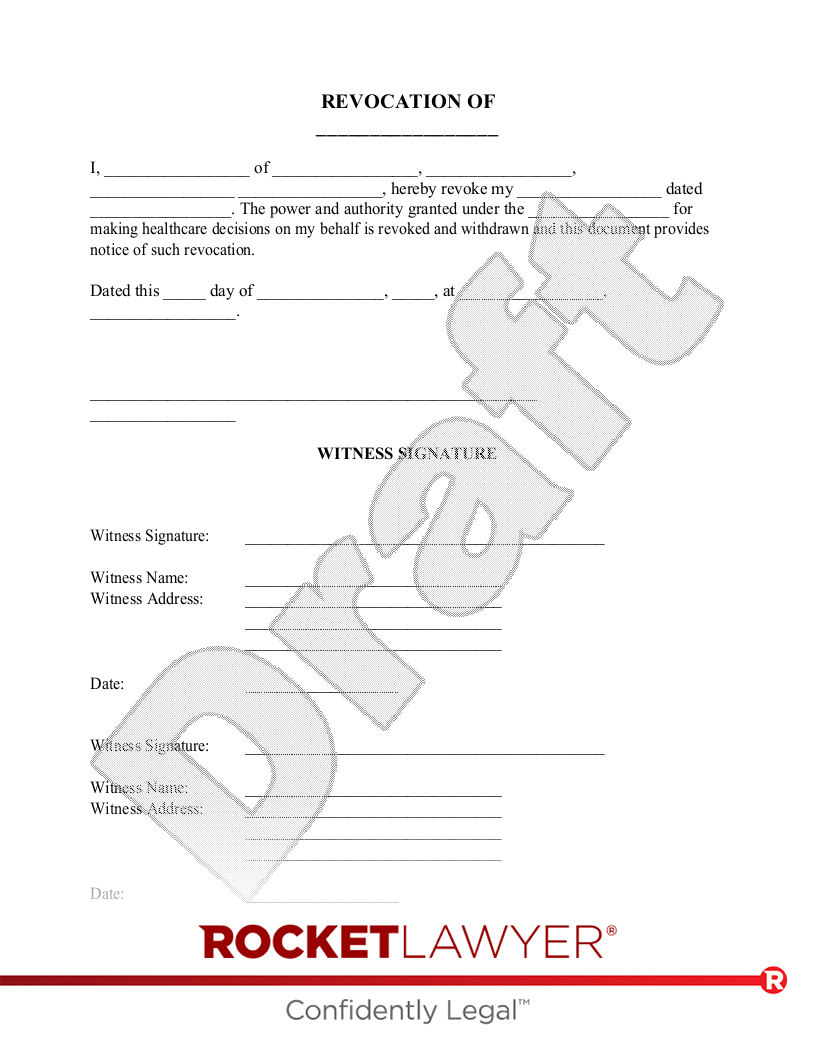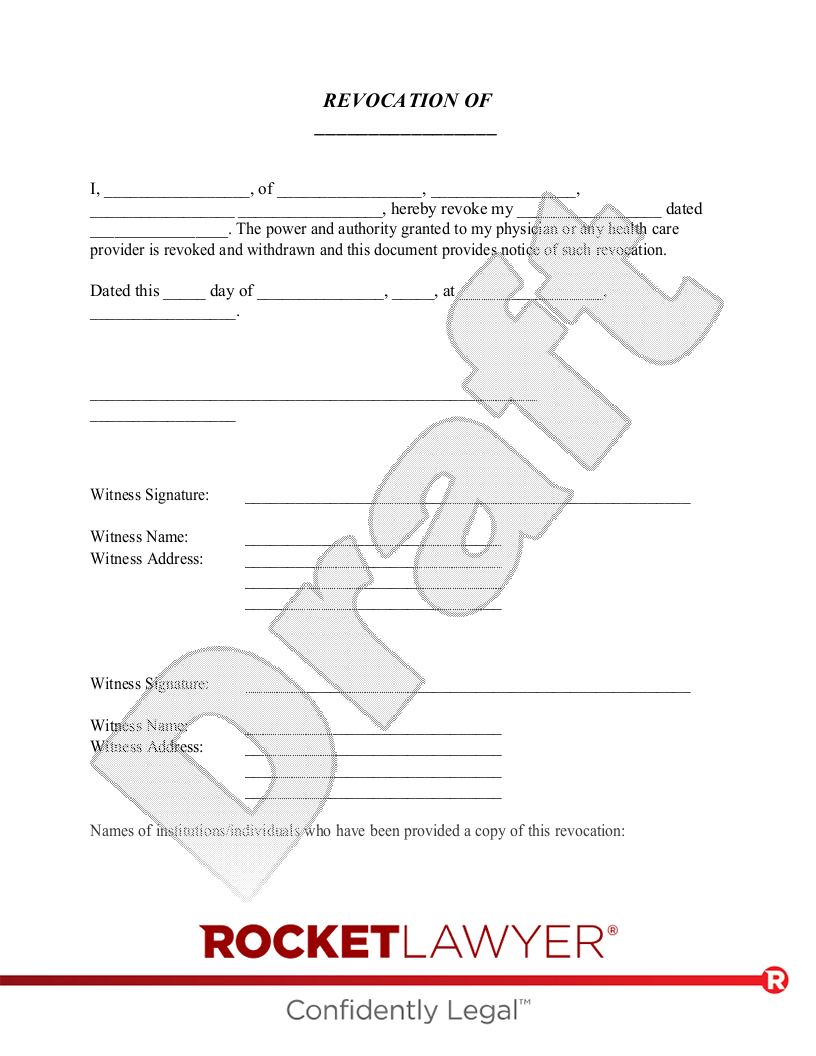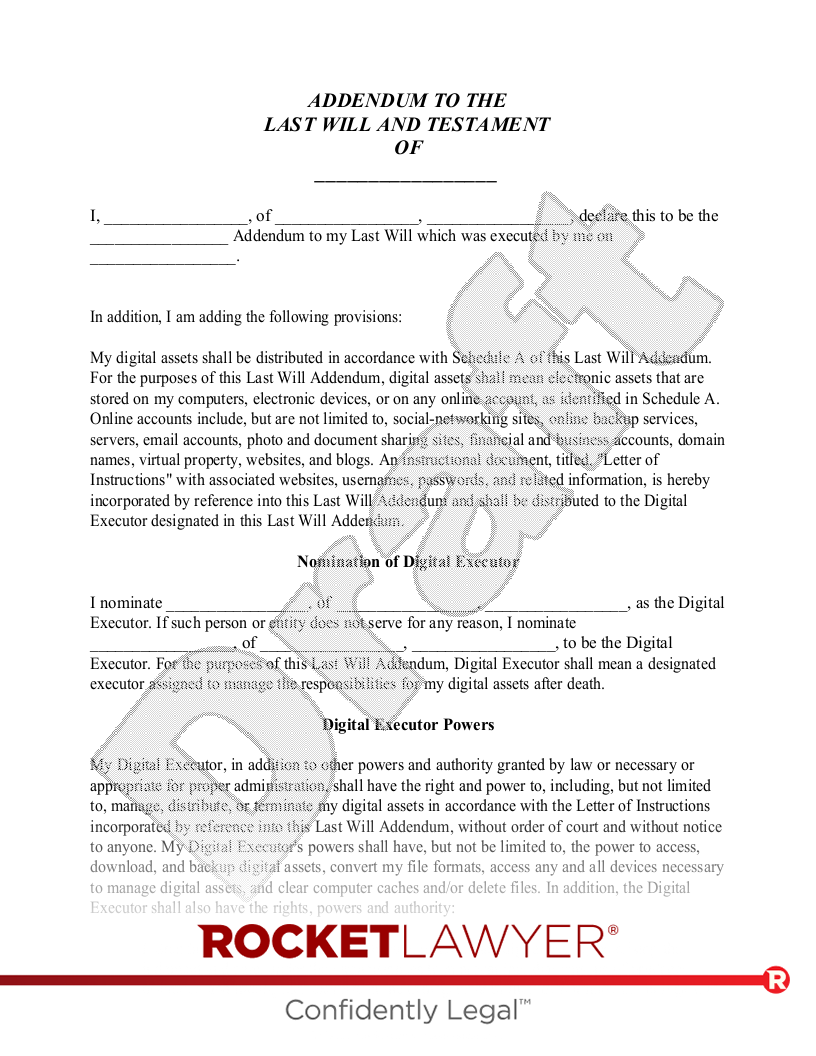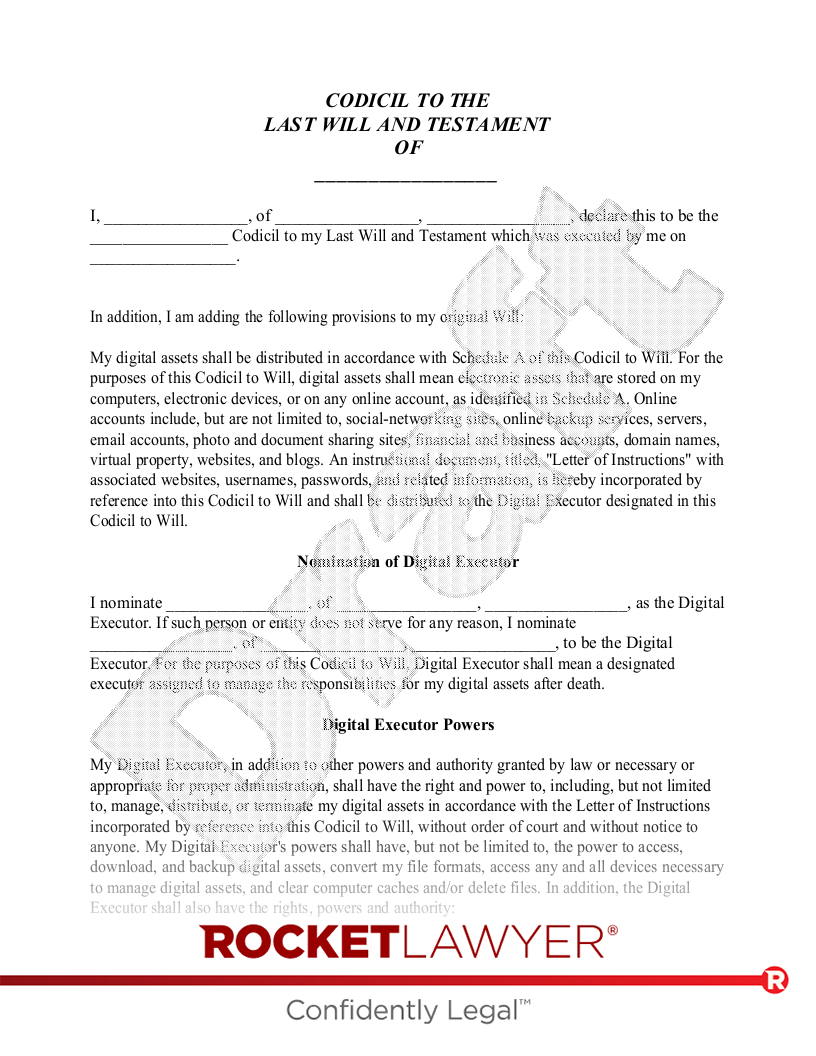OTHER NAMES
Inter Vivos Trust Revocation
What is a Living Trust Revocation?
Sometimes you need to start fresh by using a Living Trust Revocation. When it comes to your single or joint living trust, you can use this document to dissolve your trust, like when you're looking to restructure your estate plan. Whatever your reason, we make it easy to create a Living Trust Revocation so you can dissolve your current living trust.
You can use a Living Trust Revocation to revoke, dissolve and dismantle a living trust or joint living trust. It's also used when revoking a living trust in preparation for creating a new trust. For example, a single living trust may be revoked when you get married and intend to create a joint living trust with your spouse. Alternatively, after a divorce, you may need to revoke a joint living trust in anticipation of creating a single living trust. Keep in mind that to create a new living trust, all assets in the "old" trust must be transferred over to the new trust. Before revoking your current living trust, consider whether amending or restating your existing living trust is possible. If you can amend or restate it instead of revoking your trust, you can avoid transferring your assets.
When to use a Living Trust Revocation:
- You wish to revoke a single living trust in anticipation of creating a joint living trust, for example, due to marriage.
- You wish to revoke a joint living trust in anticipation of creating a single living trust, for example, due to divorce or the desire for separate trusts.
- You wish to revoke a single living trust or a joint living trust due to a change of mind regarding the use of a living trust.
- You wish to make substantial changes to a living trust by revoking the "old" living trust and preparing a "new" living trust. (Note: If the "old" living trust already holds assets, consider "amending-and-restating" the "old" living trust instead of revoking it. This way, it will not be necessary to transfer the assets from one living trust to the other.)




